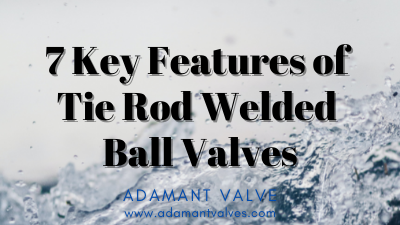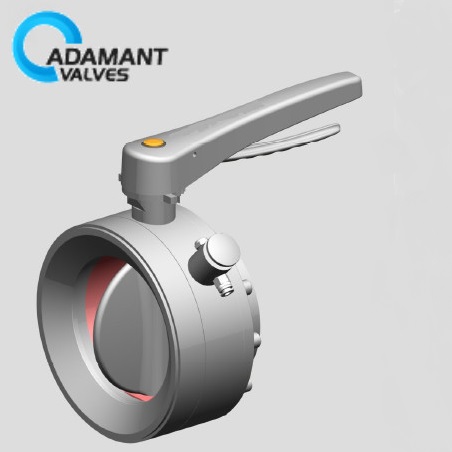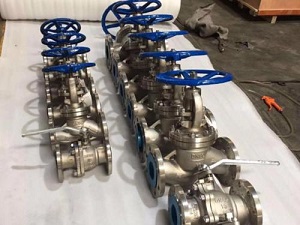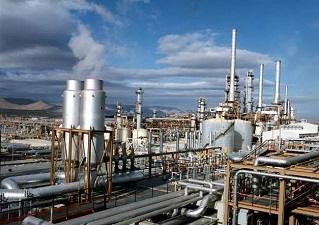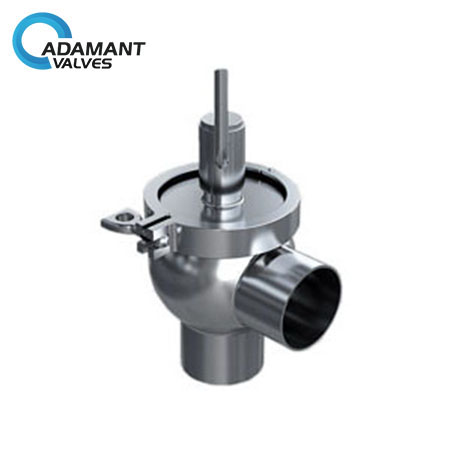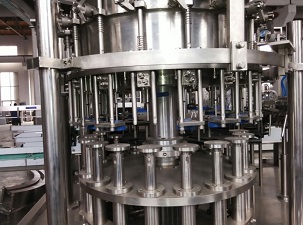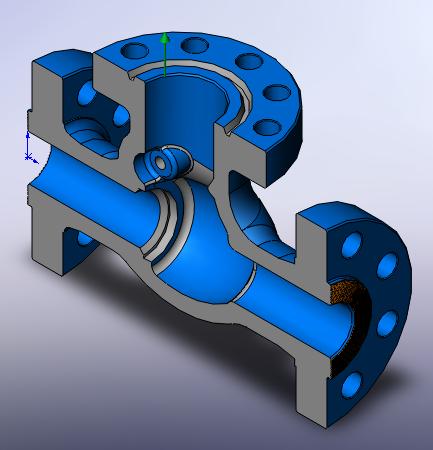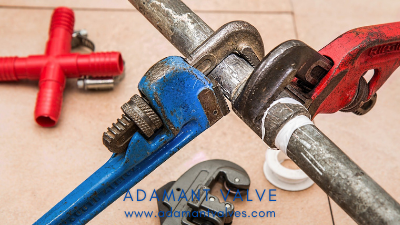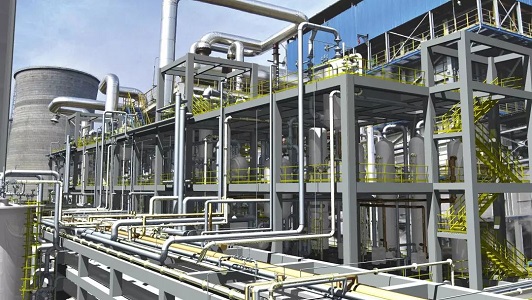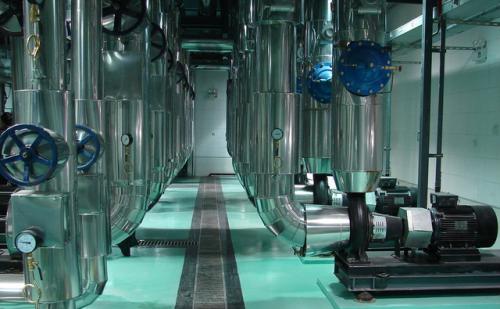Author: root
7 Key Features of Tie Rod Welded Ball Valves
Tie rod welded ball valves are commonly used in pipeline systems to provide on and off flow control. Welded ball valves are used in many industries, such as petroleum refining, long-distance pipelines, chemicals, papermaking, pharmaceuticals, water conservancy, electric power, municipal administration, steel and others. Want to know why ball valves are essential components of fluid […]
Read moreThe Principles of Installing Hastelloy Regulating Valves
Hastelloy pneumatic regulating valve installation principles: 1. The installation position of Hastelloy pneumatic sanitary regulating valve should have a certain height from the ground. There needs to be some space above and under the valve for disassembly and repair. For regulating valves equipped with pneumatic valve positioners and handwheels, easy operation, observation and adjustment must be […]
Read moreThe Features of Duplex Stainless Steel Shutoff Valves
The excellent performance of an all-forged duplex stainless steel sanitary shutoff valve is determined by the performance of the materials and the structural characteristics of the valve itself. So, let’s first take a look at the characteristics of the duplex steel. The so-called “duplex stainless steel” is a kind of steel in which the ferrite phase […]
Read moreWhat are the Advantages of Two-piece Ball Valves?
What are the Advantages of Two-piece Ball Valves? The Advantages of Two-piece Sanitary Ball Valves include the following: 1. The fluid resistance is small. The resistance coefficient is equal to that of the pipe of the same length. 2. Simple structure, small size, lightweight. 3. Tight and reliable. Plastics are widely used in sealing materials of […]
Read moreStatic friction in pneumatic regulating valves
The most severe nonlinearities in pneumatic sanitary regulating valves are static friction and hysteresis. To be sure, there’re always resistance and lagging in mechanical structure. But the problem is that static friction and hysteresis gradually increase during operation, which, after a period of time, will cause the crawling and vibration in the control link. In all […]
Read moreThe Difference Between Fixed and Float Ball in Ball Valves
Sanitary ball valves are suitable for frequent operations. They open and close quickly, are lightweight, have a small fluid resistance, a simple structure, a relatively small size, are easy to maintain, have a good sealing performance, are not subject to restrictions of installation directions, have no vibration, and have low noise. What are the types of […]
Read moreThe Characteristics of Extension Rod Butterfly Valves
Extension rod sanitary butterfly valves are widely used in chemical, petrochemical, petroleum, paper, mining, electric power, liquefied gas, food, pharmaceutical, water supply, and drainage, municipal, machinery and equipment, electronics, urban construction, and other fields. Things that need to be considered when selecting extension rod butterfly valves: First of all, when the media flow through the extension […]
Read moreCommon Causes of Valve Sealing Failure and Leakage
Sanitary valves are control components that provide diversion, cut-off, throttling, check, diversion or overflow, and pressure relief in pipeline fluid conveyance systems. Valve sealing is a critical factor when safely processing and transporting fluids and gases. Even a small valve seal failure or a slowly dripping valve leak can quickly lead to a catastrophic flood, […]
Read moreThe categories of copper sanitary valves
Copper sanitary valves are very common in factories. They’re also one of the essential materials. What are the common types of copper sanitary valves? 1. Copper sanitary gate valve: The opening and closing member of the gate valve moves along the vertical direction of the axis of the channel. It’s mainly used in the pipeline to […]
Read moreThe main advantages of pneumatic butterfly valves
Pneumatic butterfly valves play an important role in our daily lives. They use round butterfly plates that rotates around the valve stems as opening and closing member in order to achieve the opening action. They are mainly used as shut-off valves, but can also be designed to have regulating functions. Currently, sanitary butterfly valves are increasingly used […]
Read more
